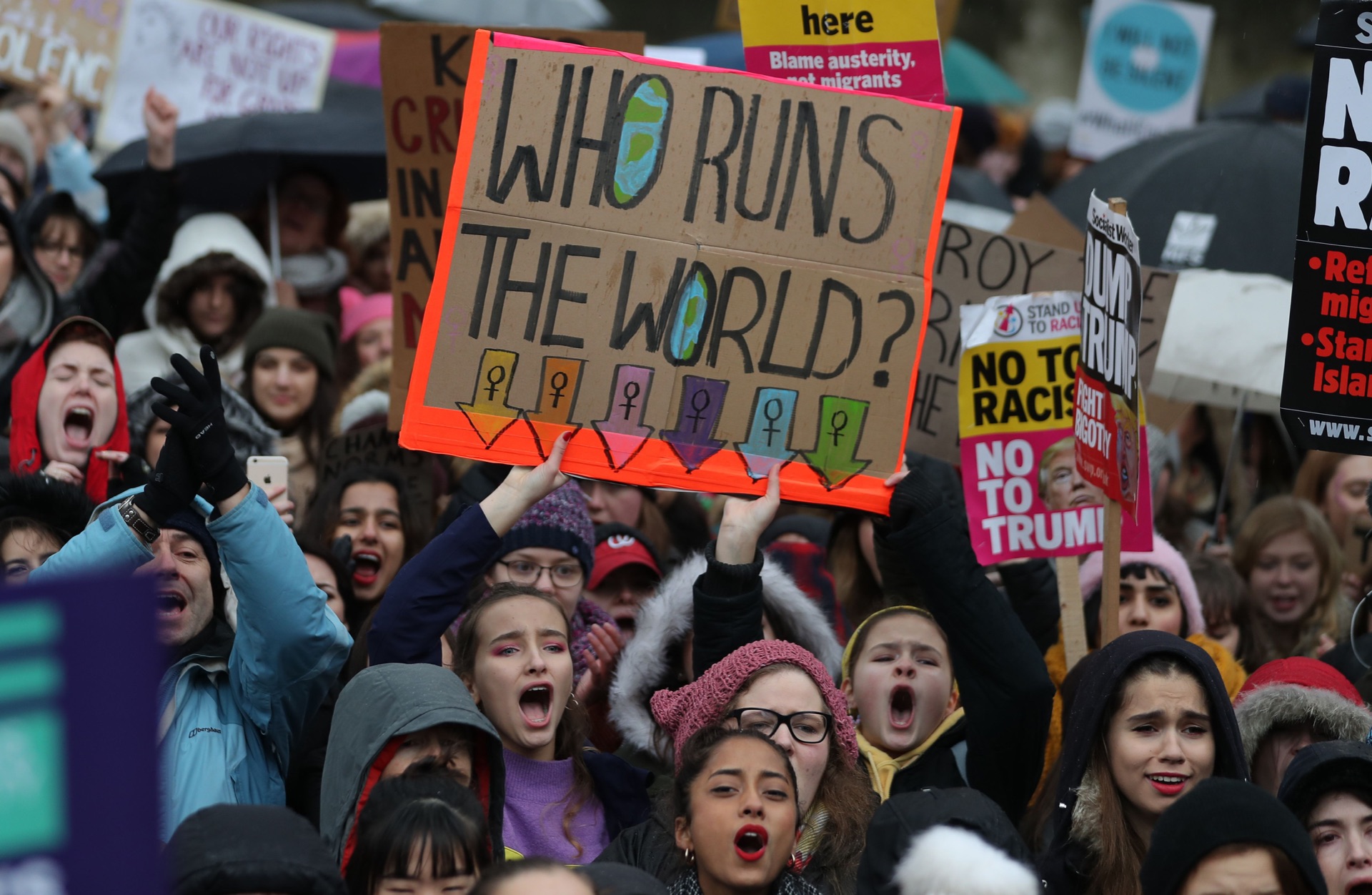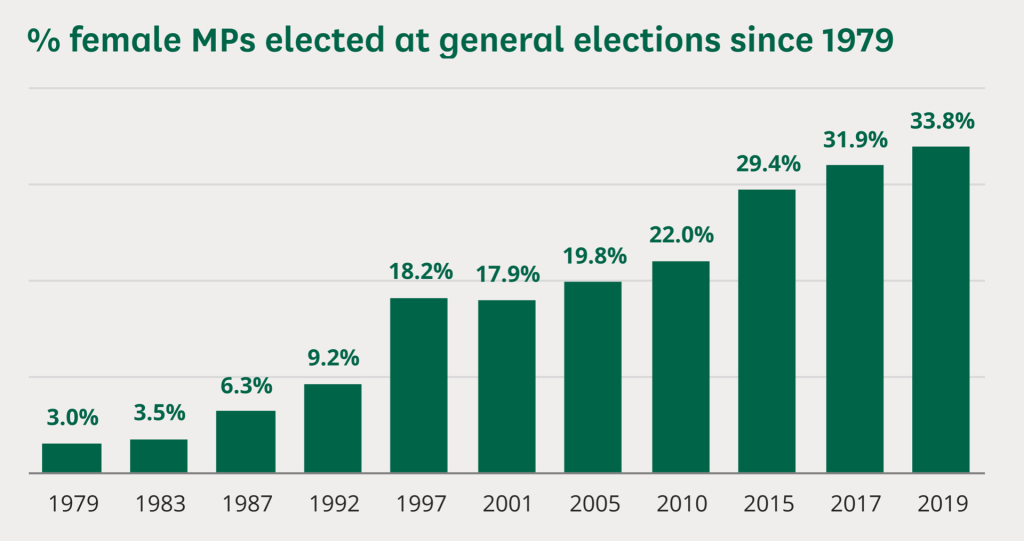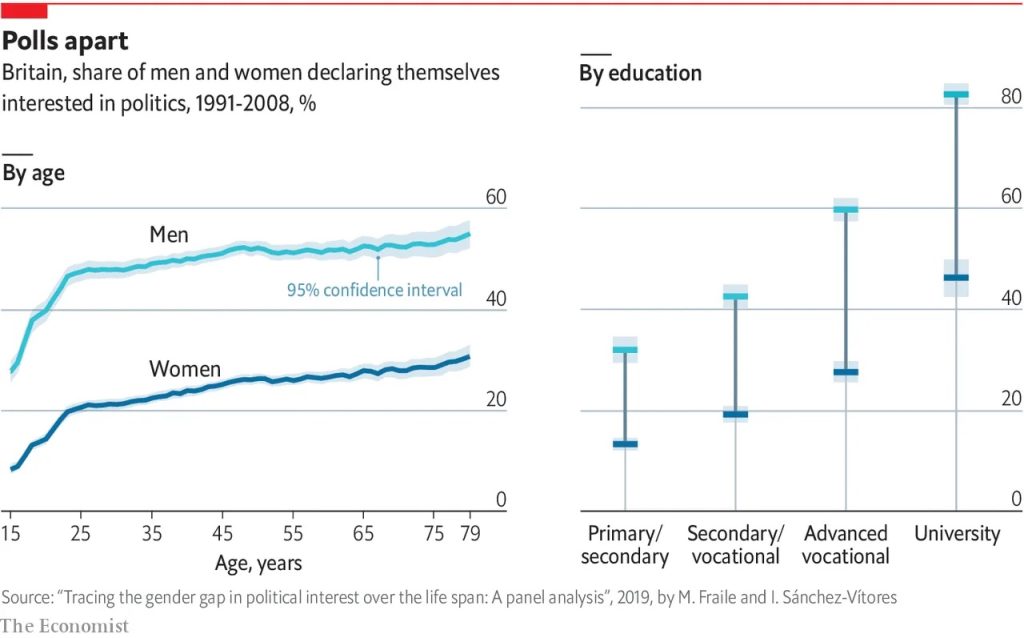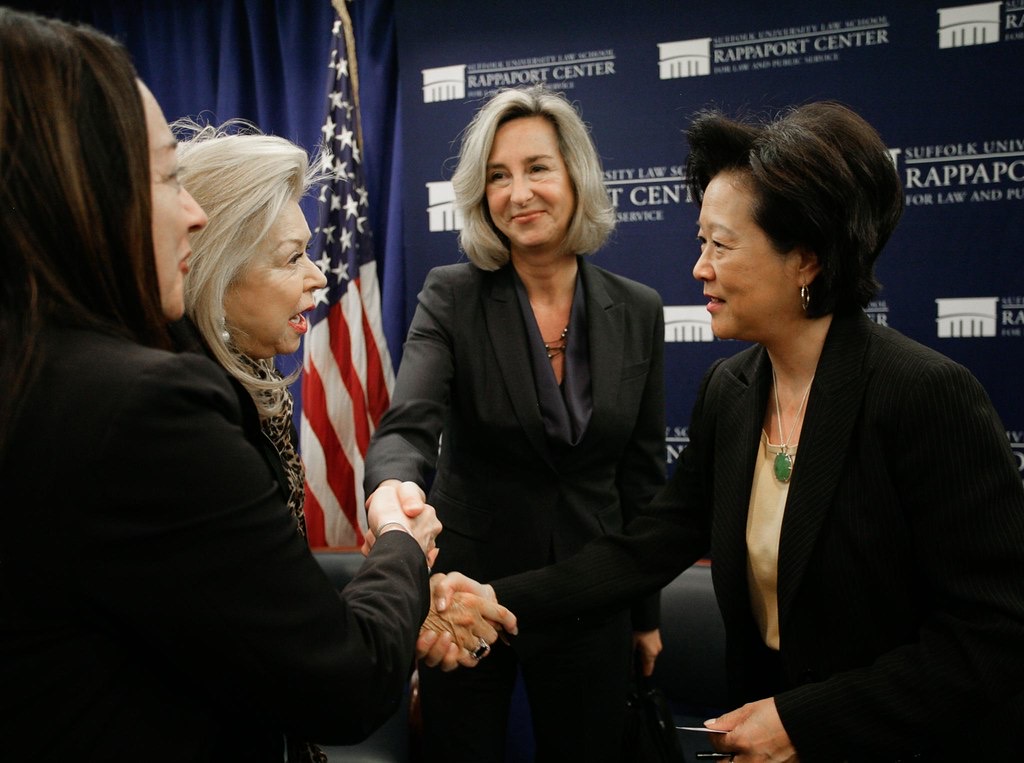Gender and political engagement: Understanding the barriers and opportunities

Gender plays a significant role when it comes to political engagement. Men and women often have different levels of political participation, attitudes and beliefs about politics. These differences vary and can be attributed to various factors, including gender roles, institutional barriers and socialization.
But why is this?
If we look at history, it will highlight to us how women have been underrepresented in politics and have faced challenges to participation. Women were excluded from political leadership positions and denied the right to vote. This oppression continued even after suffrage was achieved, women were forced to face more systemic barriers which included limited access to education, discrimination in the workplace and even social norms that were used to discourage women from participating in politics.
However, despite these challenges women have made significant progress in political participation and representation. Women’s voices are increasingly being heard in political conversations and today more women than ever before are serving in elected office.

Figure 1. House of commons library (2023) women in politics and public life.
Figure 1 highlights the increase in female MPs that had been elected at general elections since 1979. The graph shows that in 1979 only 3.0% of female MPs were elected, whereas in 2019 33.8% were elected. This reflects that there has been a large increase over the years, which sends a positive message to women in politics for the future.
With that being said, there are still gender disparities in political engagement. Women are less likely than men to donate to political causes or even participate in political campaigns. Women are also less likely known to report feeling confident in their political abilities and knowledge. These disparities are unfair and should not still be happening in the society we live in today.

Figure 2: Male and Female interest in politics by age and education (The Economist, 2019)
As seen in figure 2, women declared themselves as less interested in politics compared to men. The data would suggest that in terms of age and education, this is the case for women. The data not only suggest that women are less interested in politics than men, but it highlights that the interest in politics for women actually increases with age from 15-25 as a result of education. This can be due to the socialisation of women from a young age, which will, later on, discourage them from being involved in politics.
To be able to further understand the disparities between men and women and how they relate to political engagement, we need to look at the range of factors that can be attributed to it, which include gender roles, socialization and institutional barriers.
Before we go deeper into the factors that play a significant role in shaping women’s political engagement, here is a video by Martina Fitzgerald to explain why it’s essential for more women to be involved in politics.
Factors that play a role in gender disparities:
One factor that plays a significant role in the gender disparities that hinder political engagement is socialization. Girls are often socialized to be caring and nurturing from a young age, while boys are encouraged to be assertive and competitive. This approach used for both girls and boys can have a long-lasting effect on their lives in terms of they behave (Maccoby,2000). This can lead to differences within political participation because now women are less likely to engage in activities that are seen as assertive or competitive.
Gender roles and the expectations put on women also play a role in shaping women’s political engagement. For example, women are often expected to prioritize family responsibilities over political participation, which makes it difficult for them to commit their time and energy to engage in politics. For women to conform to the traditional gender roles given to them by society, would limit their ability to participate in politics which in turn forfeits their equal footing with men.
Additionally, institutional barriers are also known to contribute to gender disparities in political engagement. For example, running for office would be challenging for women as they may face many barriers to being able to do it, such as lack of access to funding or networks. Even with the mere idea to run for office women may face gender bias from the media and voters.

What can we do?
Despite all these challenges that women face, several steps can be taken to improve gender disparities in political engagement.
Firstly we can start by increasing representation, by encouraging more women to run for political office and supporting their political campaigns we can help increase gender equality in political decision-making. To make this happen, governments and political parties should consider implementing affirmative action policies to be able to ensure that there is a more balanced representation of women.
For change to happen, we need to acknowledge and address the root causes of gender disparities in political engagement. This is crucial to get to the root of the issue, some root causes for gender disparities in political engagement are cultural norms, economic barriers which prevent women from fully participating in politics and social expectations.
If we promote education and awareness on the topic it could help promote change. Some people may not even be aware of this issue therefore we must educate the general public about the disparity. Awareness campaigns and more media coverage of women’s political activities might do the trick.
Furthermore, we can help increase participation by creating supportive environments for women in political organizations, parties and government institutions by proving the correct training and mentoring and also offering flexible work arrangements to support women’s political activities.
By implementing these strategies, we can work towards becoming a more inclusive society and political system all whilst achieving greater gender parity in political engagement.
Bibliography:
House of commons library (2023). Women in politics and Public life. Available at: https://commonslibrary.parliament.uk/research-briefings/sn01250/. (Accessed: 20.03.2023)
Maccoby, E. E. (2000). Perspectives on gender development. International Journal of Behavioral Development, 24(4), 398–406. Available at: https://doi-org.roe.idm.oclc.org/10.1080/016502500750037946. (Accessed:20.03.2023)
TedxTalks (2019). It’s Time For More Women in Politics | Martina Fitzgerald | TEDxTrinityCollegeDublin. Available at: https://www.youtube.com/watch?v=UyxIgYmuj5Q. (Accessed: 20.03.2023)
The Economist (2019). Are women less interested in politics than men? Available at: https://www.economist.com/graphic-detail/2019/06/18/are-women-less-interested-in-politics-than-men. (Accessed:20.03.2023)